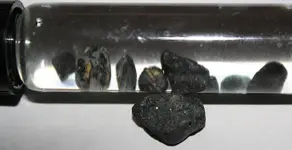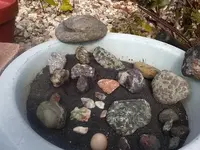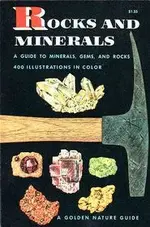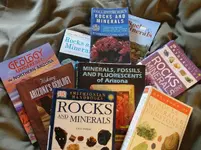Crazyhorse23
Tenderfoot

Anyone know a good way to learn the different rocks or what might be of value while you hunt for gold? People always tell me in the area I sluice they find garnets, gemstones, and other valuable cool stuff but I have no clue what to look for.
That attached are some random cool looking things I found in my sluice this weekend but I can't identify any of it lol. The little grey rocks were very heavy but didn't *seem* like lead. I was almost wondering if they are some form of metal.
CH
Amazon Forum Fav 👍
Upvote
0








